Practical Common Lisp contains introductory material as well as practical examples, such as a unit testing framework, web server, spam filter and ID3 tag parser.
The book can be read online for free, and the code is available for download.
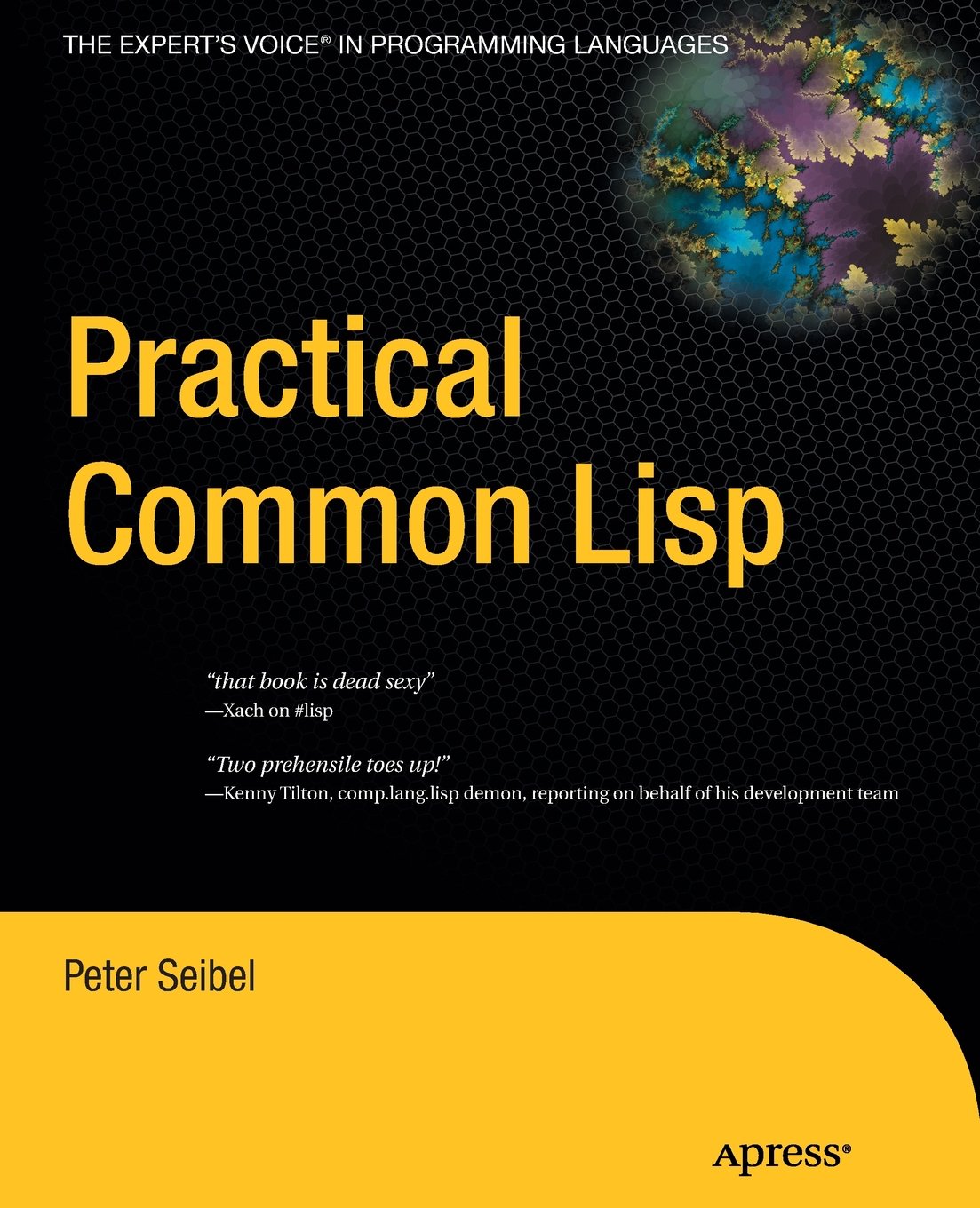
Practical Common Lisp contains introductory material as well as practical examples, such as a unit testing framework, web server, spam filter and ID3 tag parser.
The book can be read online for free, and the code is available for download.
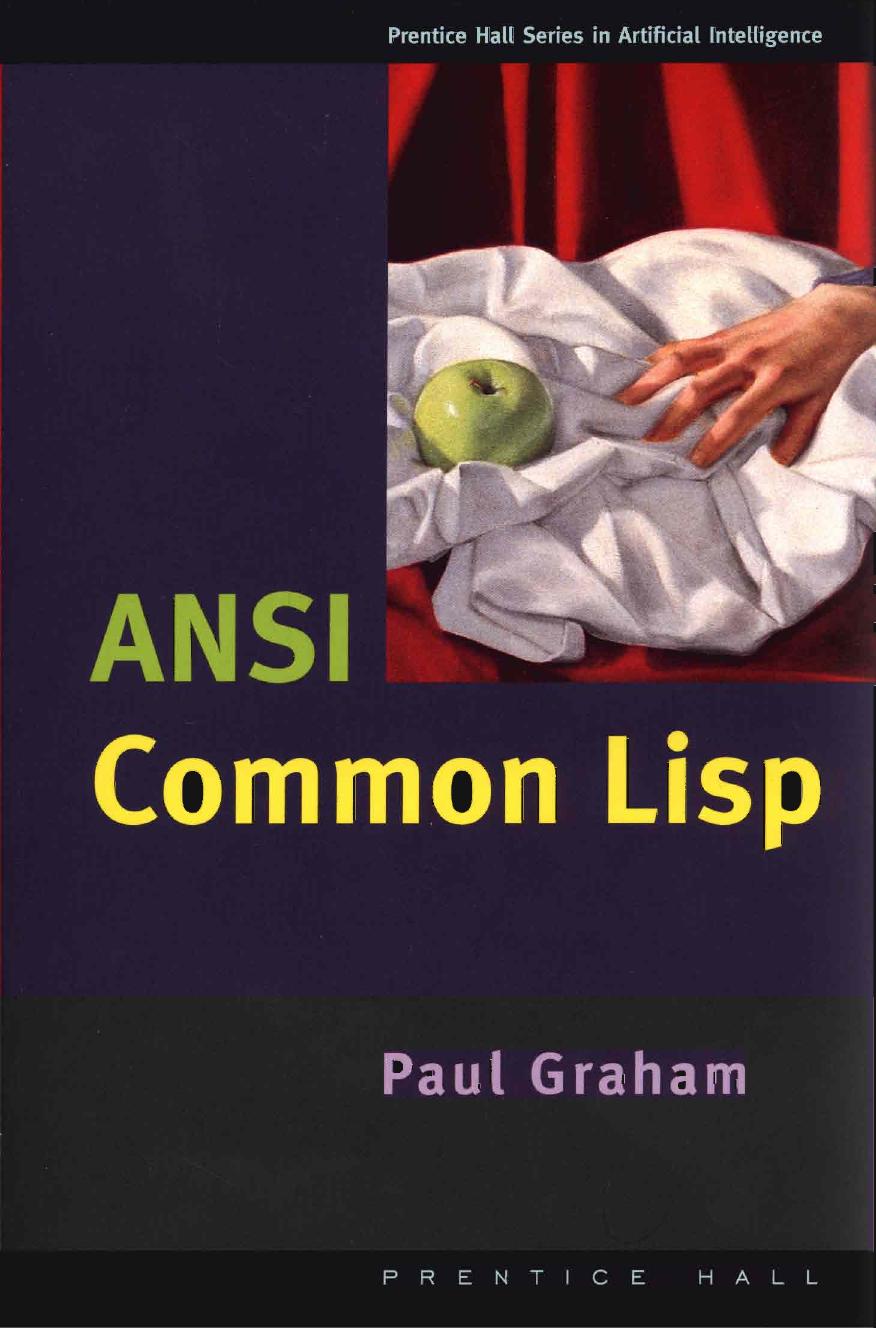
ANSI Common Lisp is a book for Lisp beginners. It has a nice example of writing a simple ray tracer in Common Lisp, and another (rather dated) example of using macros to generate HTML.
ANSI Common Lisp combines an introduction to Lisp programming, and a convenient, up-to-date reference manual for ANSI Common Lisp. Beginners will find that its careful explanations and interesting examples make Lisp programming easy to learn. Professional programmers will appreciate its thorough, practical approach.
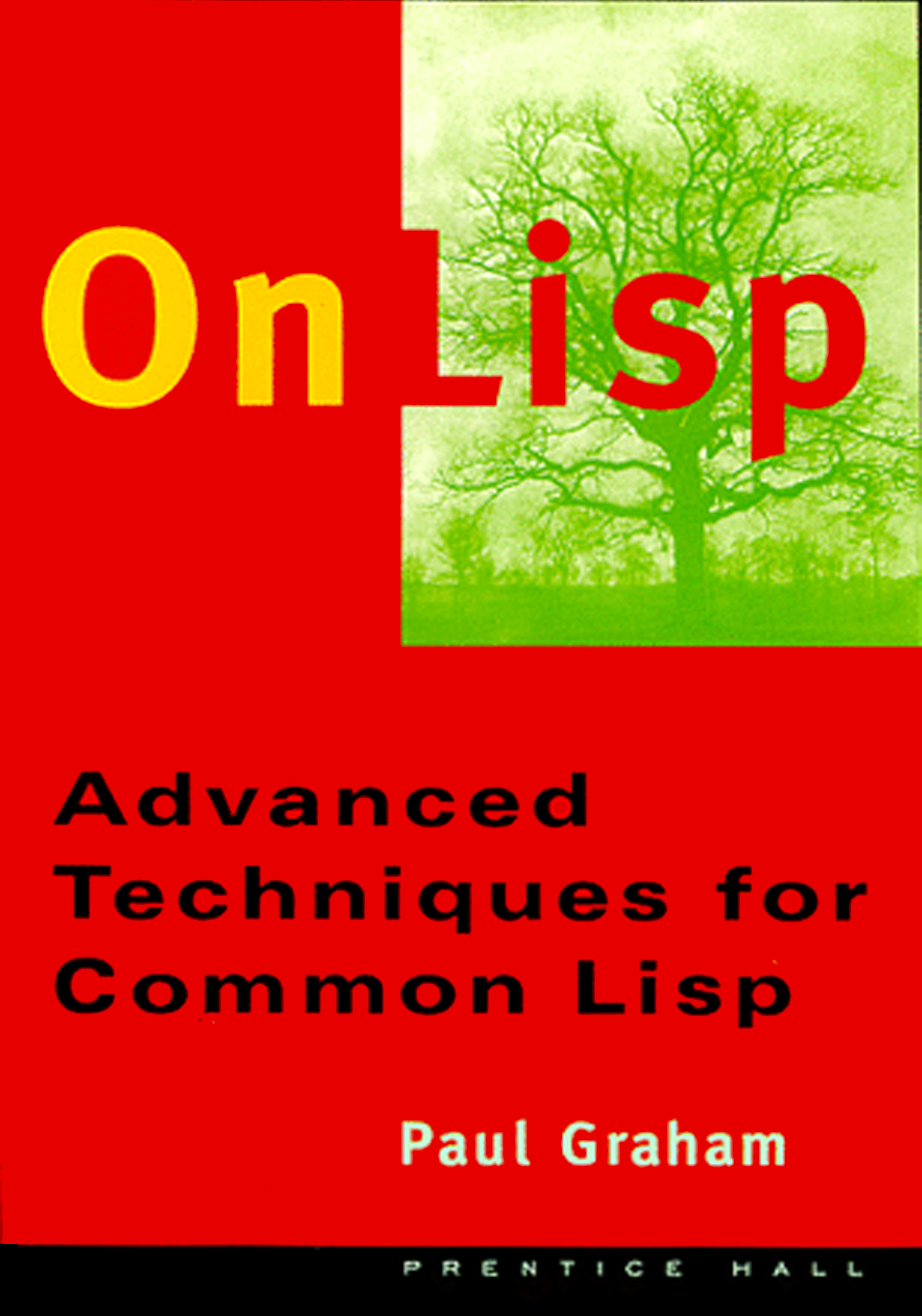
On Lisp is “a comprehensive study of advanced Lisp techniques, with bottom-up programming as the unifying theme”.
The book also covers important subjects related to bottom-up programming, including functional programming, rapid prototyping, interactive development, and embedded languages. The final chapter takes a deeper look at object-oriented programming than previous Lisp books, showing the step-by-step construction of a working model of the Common Lisp Object System (CLOS).
The book is available for free on the author’s site.

Land of Lisp teaches Common Lisp by writing games. From the publisher’s description:
With his brilliantly quirky comics and out-of-this-world games, longtime Lisper Conrad Barski teaches you the mysteries of Common Lisp. You’ll start with the basics, like list manipulation, I/O, and recursion, then move on to more complex topics like macros, higher order programming, and domain-specific languages. Then, when your brain overheats, you can kick back with an action-packed comic book interlude!
You can get an idea of the book’s style in this tutorial by the same author: Casting SPELs in Lisp

Let Over Lambda is a book about advanced Common Lisp topics.
From the author’s description:
This book is about macros, that is programs that write programs. Macros are what make lisp the greatest programming language in the world. When used properly, macros enable amazing feats of abstraction, programmer productivity, and code efficiency and security that are unheard of elsewhere. Macros let you do things you simply cannot do in other languages.
If you are looking for a dry coding manual that re-hashes common-sense techniques in whatever langue du jour, this book is not for you. This book is about pushing the boundaries of what we know about programming. While this book teaches useful macro skills that can help solve your programming problems today and now, it has also been designed to be entertaining and inspiring. If you have ever wondered what lisp or even programming itself is really about, this is the book you have been looking for.
Most of the book is available for free on the author’s site

Professional Automated Trading: Theory and Practice uses Common Lisp to describe the implementation of automated trading systems.
Reflecting author Eugene Durenard’s extensive experience in this field, Professional Automated Trading offers valuable insights you won’t find anywhere else. It reveals how a series of concepts and techniques coming from current research in artificial life and modern control theory can be applied to the design of effective trading systems that outperform the majority of published trading systems. It also skillfully provides you with essential information on the practical coding and implementation of a scalable systematic trading architecture.
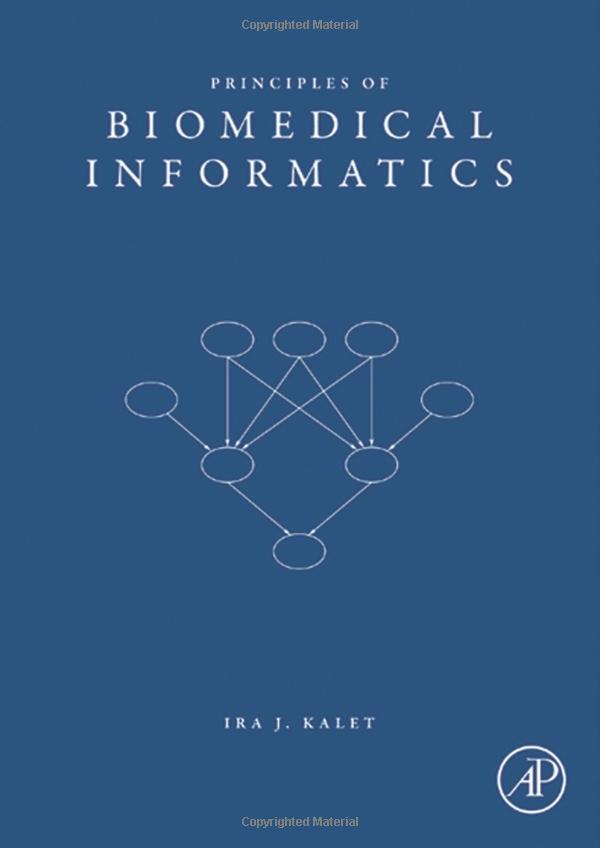
Principles of Biomedical Informatics is a “pioneering technical work in biomedical informatics” that uses Common Lisp to implement various bioinformatics programs.
From the description:
Lisp is the main programing language in this edition, as in the first. It is by far the best for achieving the goals of the book, to present biomedical informatics as a systematic set of formal ideas and methods that are naturally expressed as computations on well-defined representations. In Chapter 1, the basic ideas of symbolic computing are introduced gradually as needed. The Appendix has been expanded to include more tutorial material as well as references to aid the reader who is not so familiar with Lisp.

Common Lisp Recipes is a book every Common Lisper should keep within arm’s reach.
From the author’s description:
Common Lisp Recipes is a collection of solutions to problems and answers to questions you are likely to encounter when writing real-world applications in Common Lisp. Written by an author who has used Common Lisp in many successful commercial projects over more than a decade, this book covers areas as diverse as web programming, databases, graphical user interfaces, integration with other programming languages, multi-threading, and mobile devices as well as debugging techniques and optimization, to name just a few. It is also the first Common Lisp book to tackle such advanced topics as environment access, logical pathnames, Gray streams, delivery of executables, pretty printing, setf expansions, or changing the syntax of Common Lisp.
Common Lisp Recipes is written in a style that mixes hands-on, no frills pragmatism with precise information and prudent mentorship.
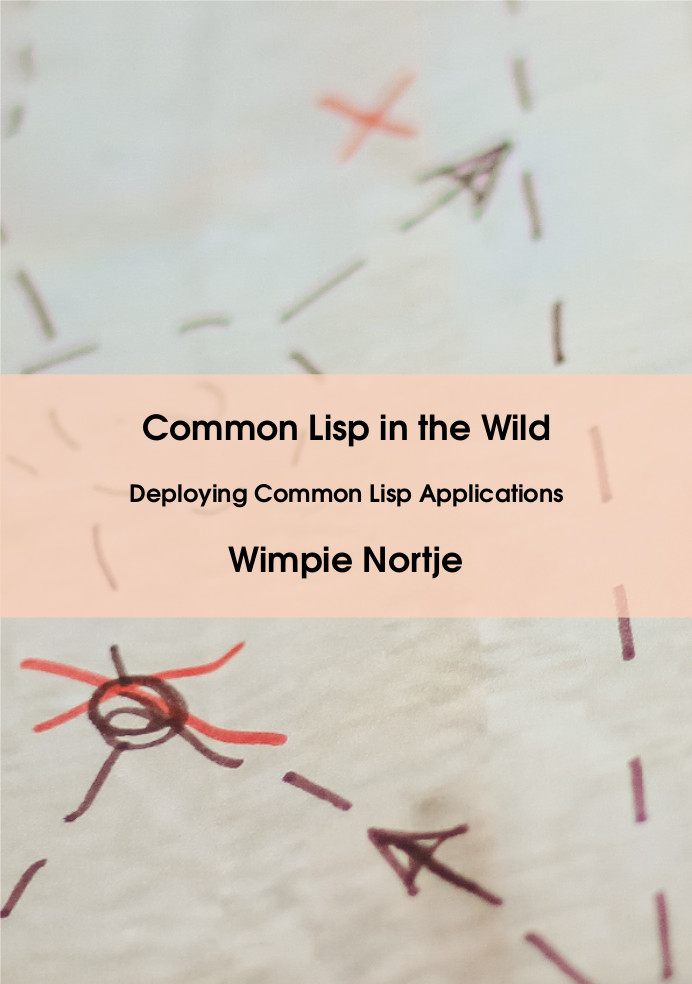
Common Lisp in the Wild is a practical guide to Common Lisp application deployment.
If you are unsure how to create executables, fighting with library version conflicts, or struggling with reproducible builds then this book can save you hours.
The text lays out a framework that solves these issues. It works both for standalone applications and for programs that run from source code.
Understanding and using the framework does not require any advanced Lisp knowledge. The examples build on one another without making conceptual leaps.
With the example projects in hand, you can start deploying applications in minutes.
Common Lisp in the Wild is available directly from the author. The sales process is managed by Gumroad.
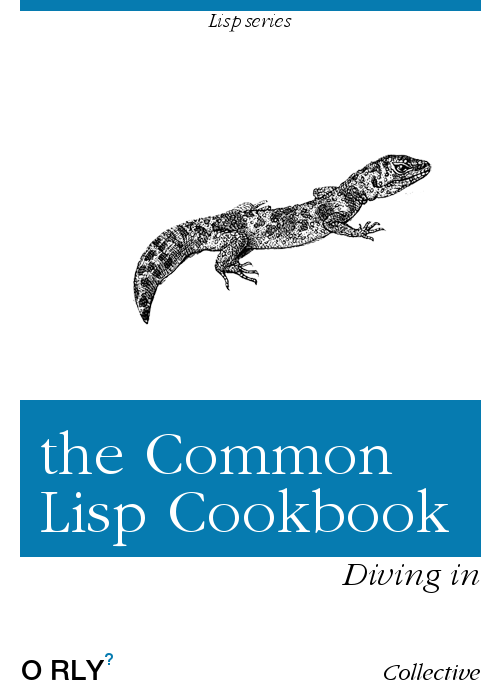
The Common Lisp Cookbook is a collaborative ressource that shows how to do various things in a clear fashion on a variety of topics, from creating a project to deploying a web application.
It is available online as well as in EPUB and PDF formats.